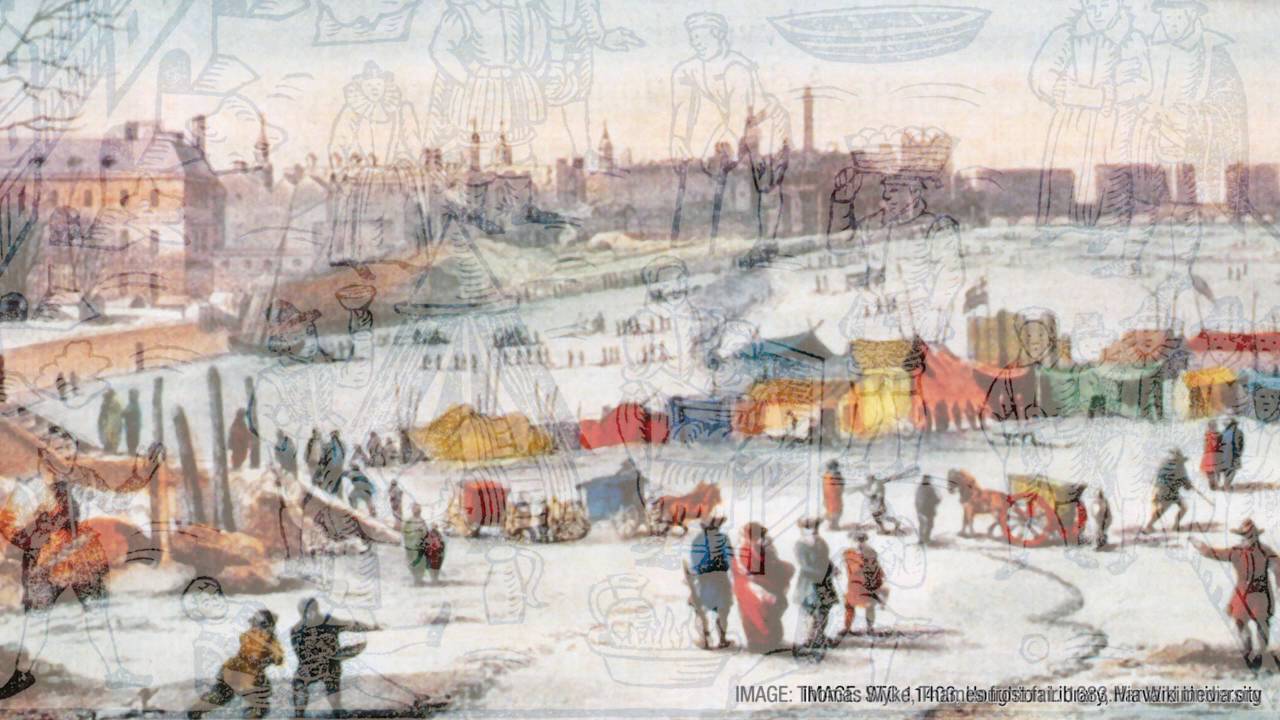You’ve maybe heard about something called a “Grand Solar Minimum” and are looking for more information about it.
Recent research by Professor Valentina Zharkova (Northumbria University, UK) and colleagues has shed new light on the inner workings of the Sun. If correct, this new discovery means that future solar cycles and variations in the Sun’s activity can be predicted more accurately.
The research suggests that the next three solar cycles will see solar activity reduce significantly into the middle of the century, producing conditions similar to those last seen in the 1600s – during the Maunder Minimum.
This may have implications for temperatures here on Earth. Future solar cycles will serve as a test of the astrophysicists’ work, but some climate scientists have not welcomed the research and even tried to supress the new findings.
Read Professor Zharkova’s latest research at http://www.nature.com/articles/srep15689
The sun is going through a stage known as a solar or Maunder Minimum. This is where the solar activity that ignites solar flares or sun spots has decreased. It’s a normal cycle and one that has been linked to the mini ice age that lasted more than 50 years starting in the mid-1600s.
According to space weather since 2015, the number of days without a recordable sun spot has been rising year over year. NOAA, NASA and others all appear to agree the sun is entering a solar minimum phase.
What it means is open to interpretation because as Professor William Happer pointed out when I asked him about the growing number of people and agencies that suggest a solar minimum could lead to a cooling off period, he directed me the Danish proverb: “It is difficult to make predictions, especially about the future.”
It has been suggested that mathematics can establish patterns and back them up with empirical evidence to support a prediction. We reached out to Professor of Mathematics Valentina Zharkova of Northumbria University, one of the first people to raise awareness of the decrease in solar activity, for a Conversation That Matters about the sun, its reduced activity and her reading of the impact it will have on temperatures on earth.
